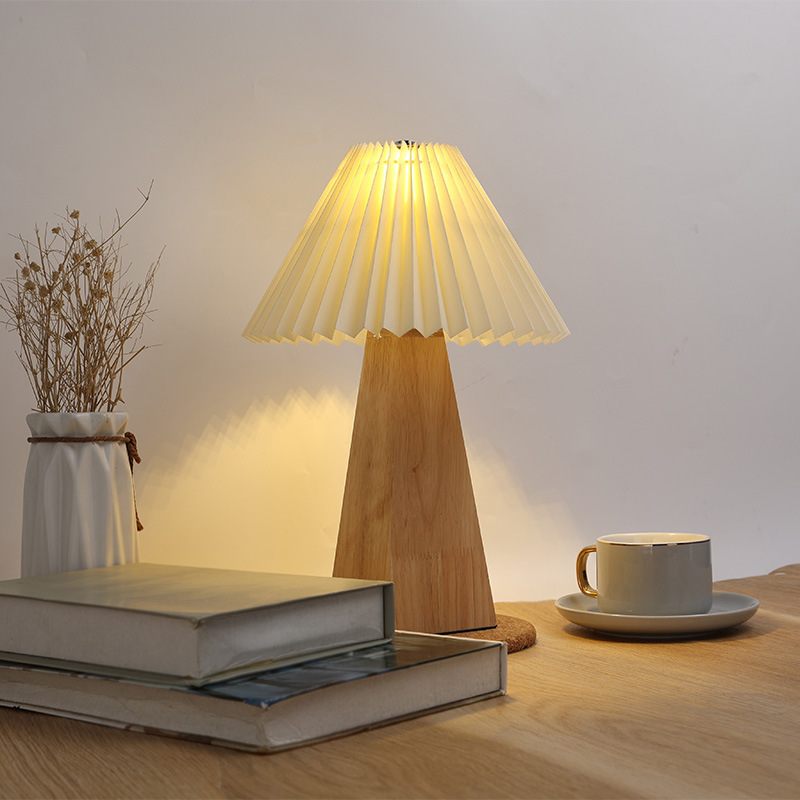Introduction
When it comes to gender inequality in the workplace, we often hear about the “glass ceiling” that prevents women from advancing to the top of their professions. However, there is another layer of gendered barriers that often goes unnoticed – the “pink glass ceiling.” This refers to the invisible hurdles faced by women in traditionally feminine industries like healthcare, education, and fashion. One way to break through this pink glass ceiling is to shine a bold light on it – literally. In this article, we will explore the power of lighting design in creating inclusive and empowering work environments for women.
The Problem with Pink
First, let’s examine why the color pink is often associated with femininity. Historically, pink was actually considered a masculine color in Western culture, while blue was associated with femininity. However, in the mid-20th century, gender norms shifted and pink became synonymous with girlhood and womanhood. This shift was largely driven by marketing tactics – companies began to market certain products (like toys and clothing) specifically to girls, and used pink as a way to differentiate these products from those marketed to boys.
Today, there is nothing inherently wrong with the color pink. However, when it is used in excess in certain contexts (like healthcare or education), it can reinforce gender stereotypes and create a hostile environment for women who do not conform to these stereotypes. For example, a hospital that is decorated entirely in shades of pink and purple sends a message that healthcare is a “soft” profession that is better suited for women. This can make it harder for female doctors and surgeons to be taken seriously and advance in their careers.
The Power of Lighting
One way to combat the pink glass ceiling is through lighting design. Light has a powerful effect on the way we perceive space and interact with our surroundings. By using lighting strategically, we can create an environment that is welcoming and empowering for all workers, regardless of their gender.
Here are some ways that lighting can be used to break through the pink glass ceiling:
1. Choose Warm, Neutral Light
When designing a workplace, it is important to choose light fixtures that emit warm, neutral light rather than harsh fluorescents. This creates a more natural and soothing environment that reduces stress and fosters productive work. Additionally, warm lighting does not reinforce gender stereotypes in the same way that pink and purple hues do.
2. Vary the Lighting Levels
Another way to use lighting strategically is to vary the levels of light throughout a space. For example, in a hospital room, the overhead lights could be dimmed at night to create a more restful environment for patients. In a classroom, different parts of the room could be illuminated to highlight different learning areas (like a reading corner or a science table). These variations in lighting can create a dynamic and engaging environment that reflects the diverse interests and needs of all students and patients.
3. Incorporate Natural Light
Finally, incorporating natural light into the workplace is an excellent way to break through the pink glass ceiling. Natural light has been shown to boost mood and productivity, and it also reduces eye strain and headaches. Additionally, natural light does not carry the gender connotations that artificial light often does. By installing windows or skylights in workspaces, employers can show a commitment to providing an open and inclusive environment that values the physical and mental health of its employees.
Conclusion
By recognizing the power of lighting design in breaking through the pink glass ceiling, employers can create work environments that are welcoming and empowering for women. By choosing warm, neutral light, varying lighting levels, and incorporating natural light, workplaces can create an environment that reflects the diverse interests and needs of their employees. When women are able to work in an environment that is free of gender stereotypes, they are more likely to thrive and advance in their careers. Let’s shine a bold light on the pink glass ceiling and celebrate the diversity of women in every industry.
References
– Speer, H., & Wu, T. (2016). The Paradox of Pink: How the Color Feminine Became a Symbol of Weakness and Subordination. Sex Roles, 75(7-8), 426-438. doi: 10.1007/s11199-016-0689-1
– Veitch, J. A., & McColl, S. L. (1999). Lighting and psychological comfort. Lighting Research and Technology, 31(3), 143-147. doi: 10.1177/096032719903100305
– Heerwagen, J. (1990). Lighting and office productivity. Journal of the Illuminating Engineering Society, 19(2), 35-42. doi: 10.1080/00994480.1990.10748309.


